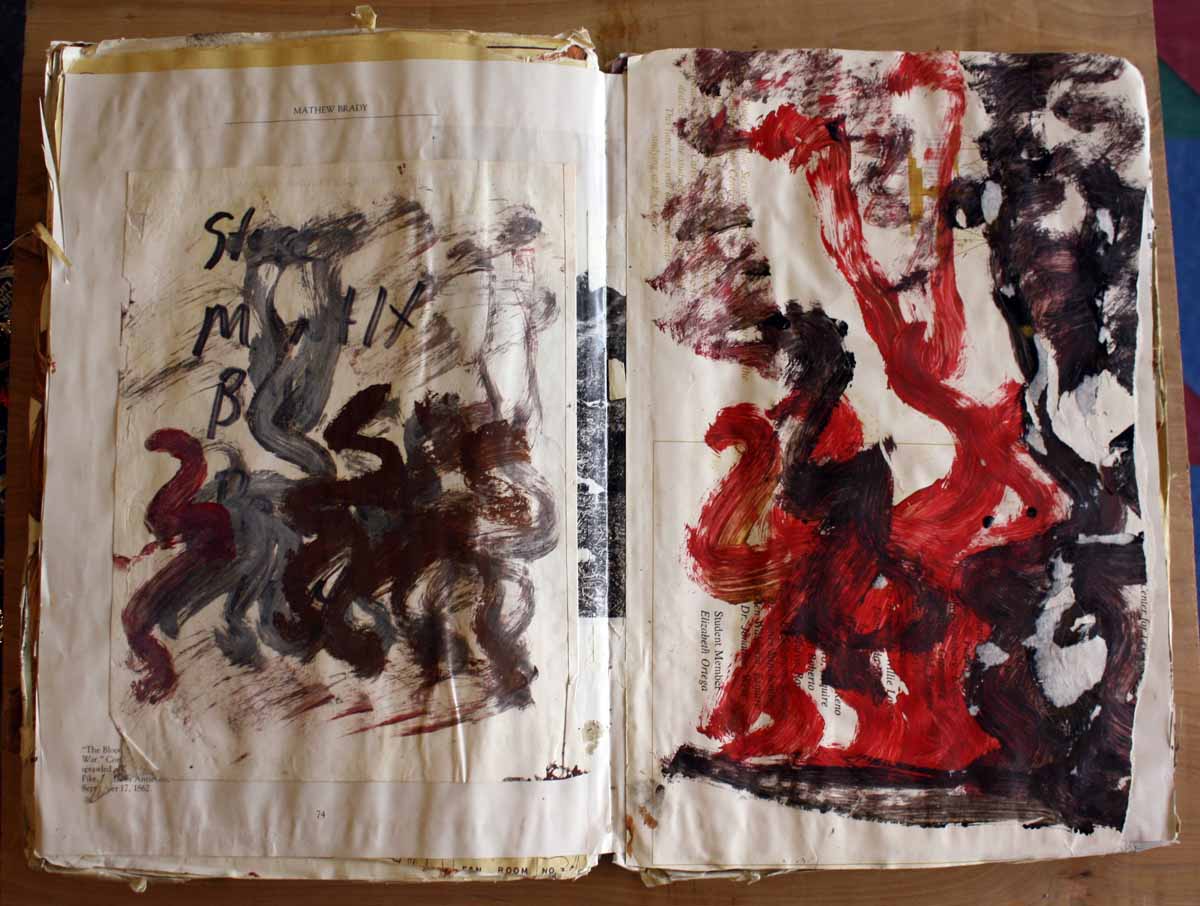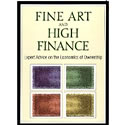Fine Art and High Finance: Expert Advice on the Economics of Ownership
Edited by Clare McAndrew
Bloomberg Press, $39.95, 336 pages
I have been reading Fine Art and High Finance: Expert Advice on the Economics of Ownership pushing through parts of it that are dense but informative. As with most investments, having a trained, and more importantly trustworthy, advisor to talk over ones decisions makes a lot of sense. Of course, there are many things that play into art as an investment worthy commodity in the first place. I can tell you right now that there are plenty of artists who are offended by the fact that, though collectors may love their work, it is not investment quality or worthy. You’ll have to read the book yourself to get the full on text definitions of the many terms used, and how art works are viewed in this context. This book is more than worth its cost.
(Excerpt) Review by Georgina Adam
The art boom of 2004-07 saw such staggering growth, particularly in contemporary art, that it is hardly surprising that art is increasingly being commoditised, bundled into funds and flagged up as an alternative asset class.
But while most people can recognise a Warhol or a Picasso at 10 paces, they have far less knowledge of the complex issues inherent in trading something that is almost always heterogeneous, in an opaque and unregulated market.
The editor of this book, Clare McAndrew, has a PhD in economics from Trinity College Dublin and runs a consultancy focused on the art economy. Her book The Art Economy, published in 2007, was an investor’s guide to the art market. This book updates and expands the topics covered in that volume, using a team of expert contributors, from art law specialists Pierre Valentin and the Danziger brothers to insurer Jill Arnold.
After a brief gallop through the history of the modern art market, McAndrew outlines its current structure and main players before getting to grips with its economics. She makes the fundamental point that “one of the most important economic features of the market is that it is essentially supply-driven … increased demand … cannot necessarily increase supply … and instead elevates prices”.
What the book cannot do (and nor does it try to) is predict how the art market will evolve, as it is still in the throes of readjustment in the wake of the recent financial crisis. That crisis had a major impact, particularly in the area that had seen the biggest gains: contemporary art, where some artists have seen their value fall by as much as 50 per cent.
The decision to “invest” in art is complex but this book provides a wealth of information for those who are thinking of putting their money – as headline writers love to say – into Monet.
<Via: FT.com>
An interview with the author (excerpt of one question) via: 3030 Press
Question: What is the purpose of an art fund?
A: Clare McAndrew: I think it’s important how you define a fund; there are charities, non-profit funds, collectors clubs and other ways that people raise money in the art market, but an art fund I’m talking about is an investment vehicle whose purpose is to produce a financial return. The main purpose of an art fund is that they offer investors the opportunity to use their pooled money to purchase a wider selection of high-quality works of art. They vary in structure but generally allow investors to achieve a diversified art portfolio, to take advantage of the portfolio’s low correlation with traditional asset classes, and to use expertise and active management in art-purchasing and divestiture for a variable management fee.
Recent interview with the author via: ArtTactic.com
Clare McAndrew (Mar 29th, 2011)
In this episode of the ArtTactic Podcast, Clare McAndrew, founder of Arts Economics and editor and author of Fine Art and High Finance, speaks with us about her findings in her recently released annual TEFAF Global Art Market report. First, Clare talks about her own reaction to the most intriguing revelation from her report – China surpassing the UK as the second largest art market in the world. Clare discusses China’s future growth potential as well as if it is inevitable that China overcomes the US as the largest art market in the world. She also details the reasons behind the UK and the EU’s fall in global art market share. Lastly, she touches on trends in the battle of auction house vs. dealer. – Download/Listen


